
Virtually everyone reading this learned about Nismo through their connection to the Gran Turismo PlayStation video game series. I know I did, and in the early editions of the game, a tuned Skyline GT-R (then forbidden fruit to us here in North America) was the key to winning.
If it’s not obvious, Nismo is a contraction of Nissan and Motorsports, the racing division of the company that was formed three decades ago to bring together all of their racing activities under one umbrella. For decades, racing fans would see discrete Nismo branding on the company’s race cars and, at least here in North America, we’d see the occasional Nismo-branded aftermarket performance bits. Over the past six or seven years, we have even started seeing factory modified production cars bearing the Nismo badge.
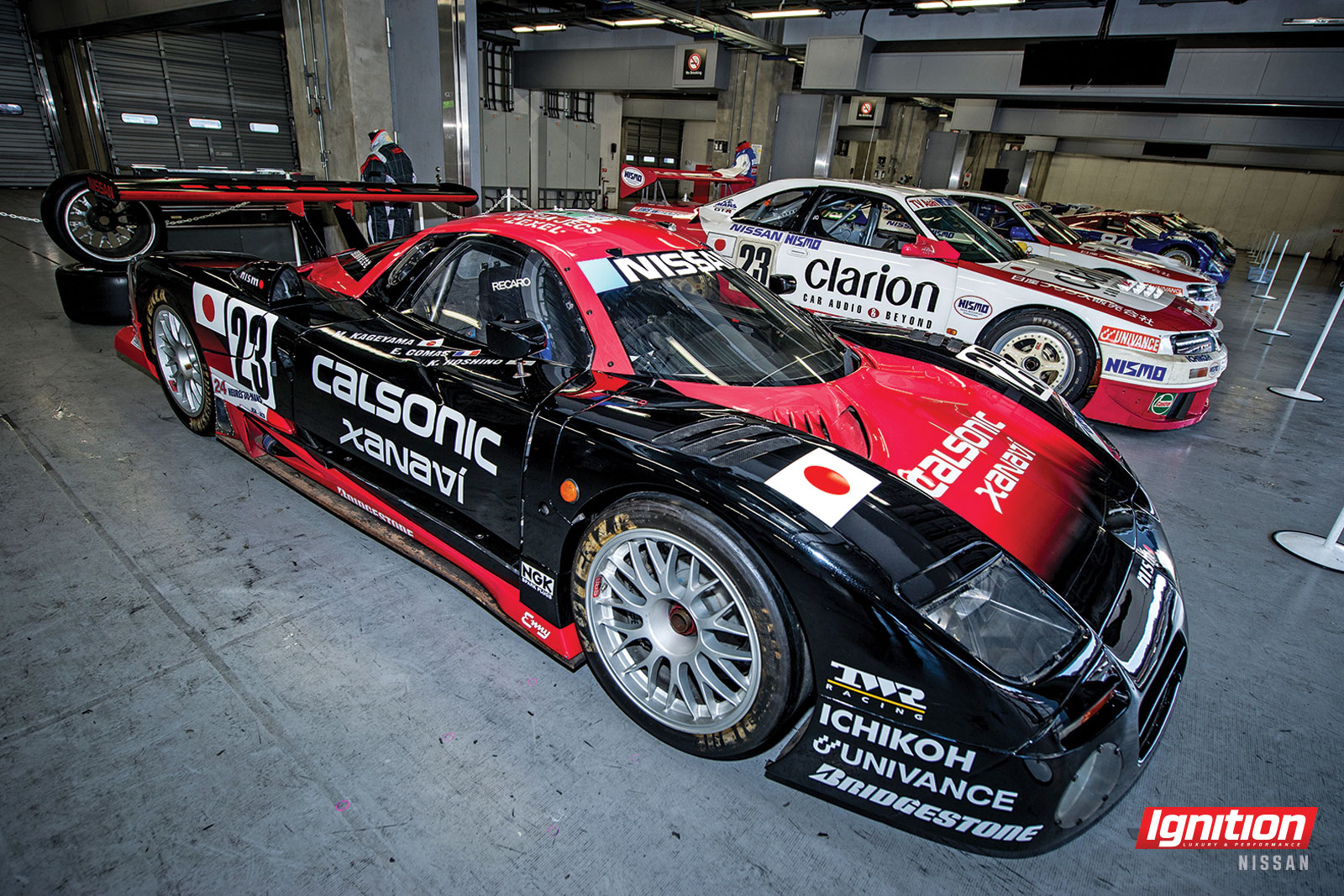
Things are changing with Nismo, and Nissan has parlayed that brand and product recognition to a global level, to the tune of 15,000 Nismo-badged cars sold in 2014. At Fuji Speedway, I had a chance to speak with Nimso’s Global Head of Brand, Marketing and Sales, Darren Cox about Nismo.
“The brand is 30 years old, but we’ve never globalized this brand,” he says. “We’ve done a lot of racing all around the world, we’ve done a lot of winning, mainly in Japan, but now it’s time to take that expertise, that knowledge, that passion, that DNA and give it to as many people as possible by adding a bit of race day into every day.”
One key part of growing that excitement around the brand is the ultra-cool Nismo Festival held annually in Japan for the last couple of decades. At the end of each year, they’ve hosted the celebration of all things Nismo and this most recent event was held at the legendary Fuji Speedway, about 90 minutes from Tokyo.
This celebration is unlike any other motoring event I’ve ever attended because it’s open to everyone who loves Nismo and Nissan. A remarkable 35,000 people attended the 2014 event, according to Nismo President Soichi Miyatani. Many of those attendees brought their Nismos as well: everything from the latest March, Note, Juke, Fairlady and GT-R Nismos to some truly special vintage machines. If you’re a fan of Nissan or Nismo, this is a must-see event.
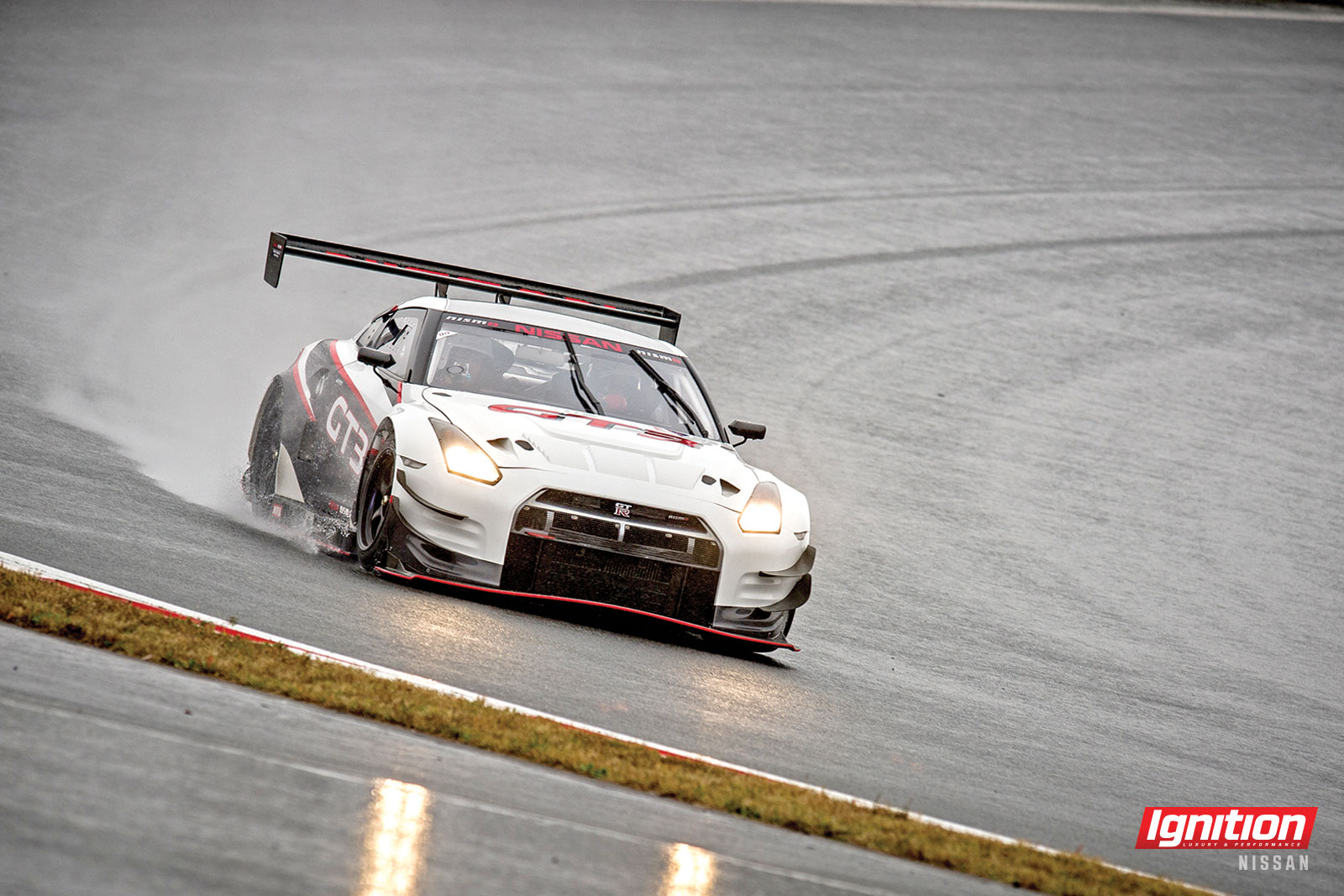
Nismo pulled out a fleet of special cars from its warehouse, including the one I desperately wanted to see, the R390 GT1. It’s a car that never got the recognition it deserved because it never won any prestigious races, but it holds a special place in motoring history, having been penned by now-famous Jaguar designer, Ian Callum, and its engine being the forefather of the V8s in McLaren’s current road cars.
Throughout the day, it seemed like the entire history of Nismo was a moving display, being driven near full anger around the Fuji circuit. I never thought I’d get to see another one of my Nismo favourites in person – the Pennzoil-sponsored JGTC Skyline – yet at Fuji I did, and up close and at speed on track. It was breathtaking.
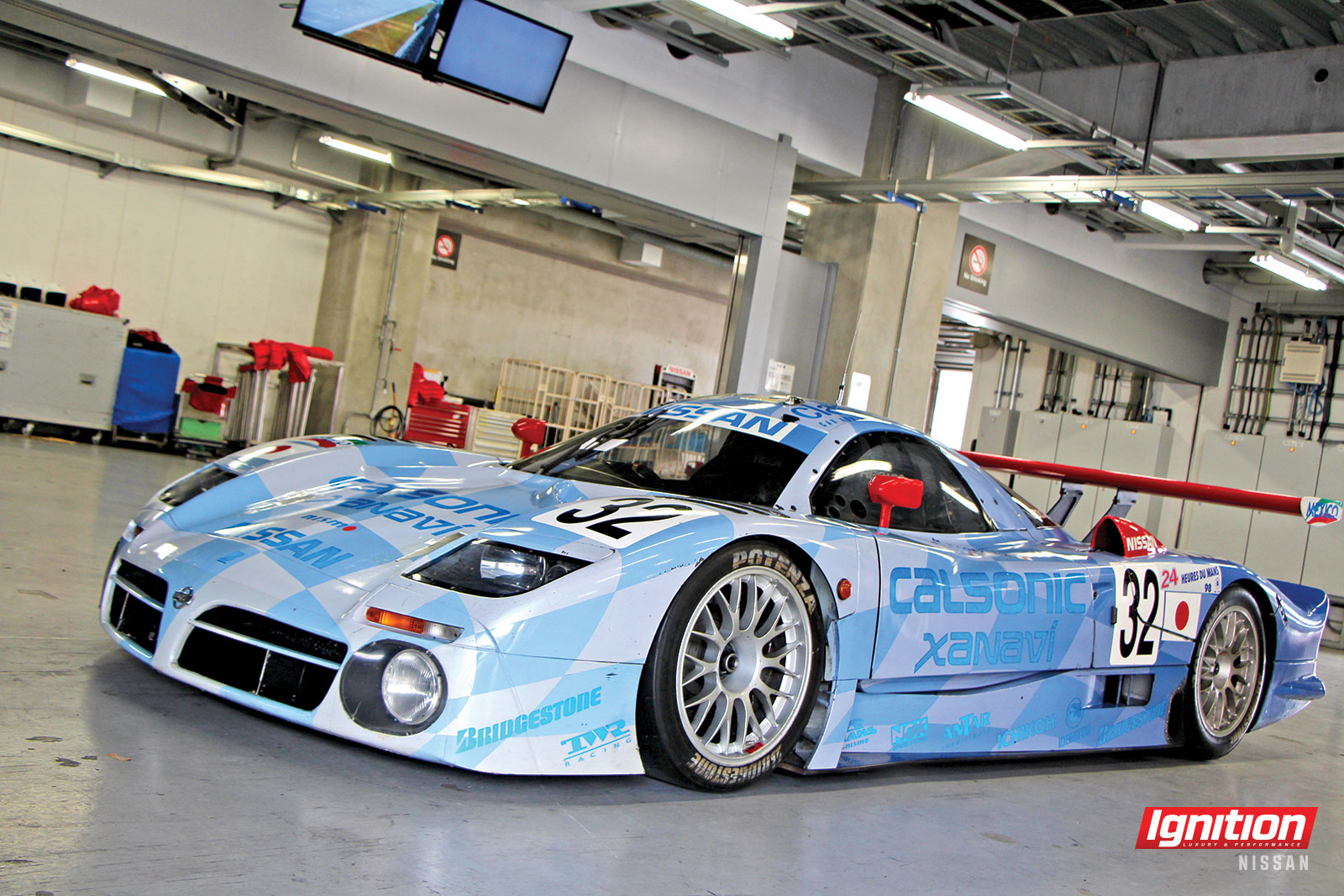
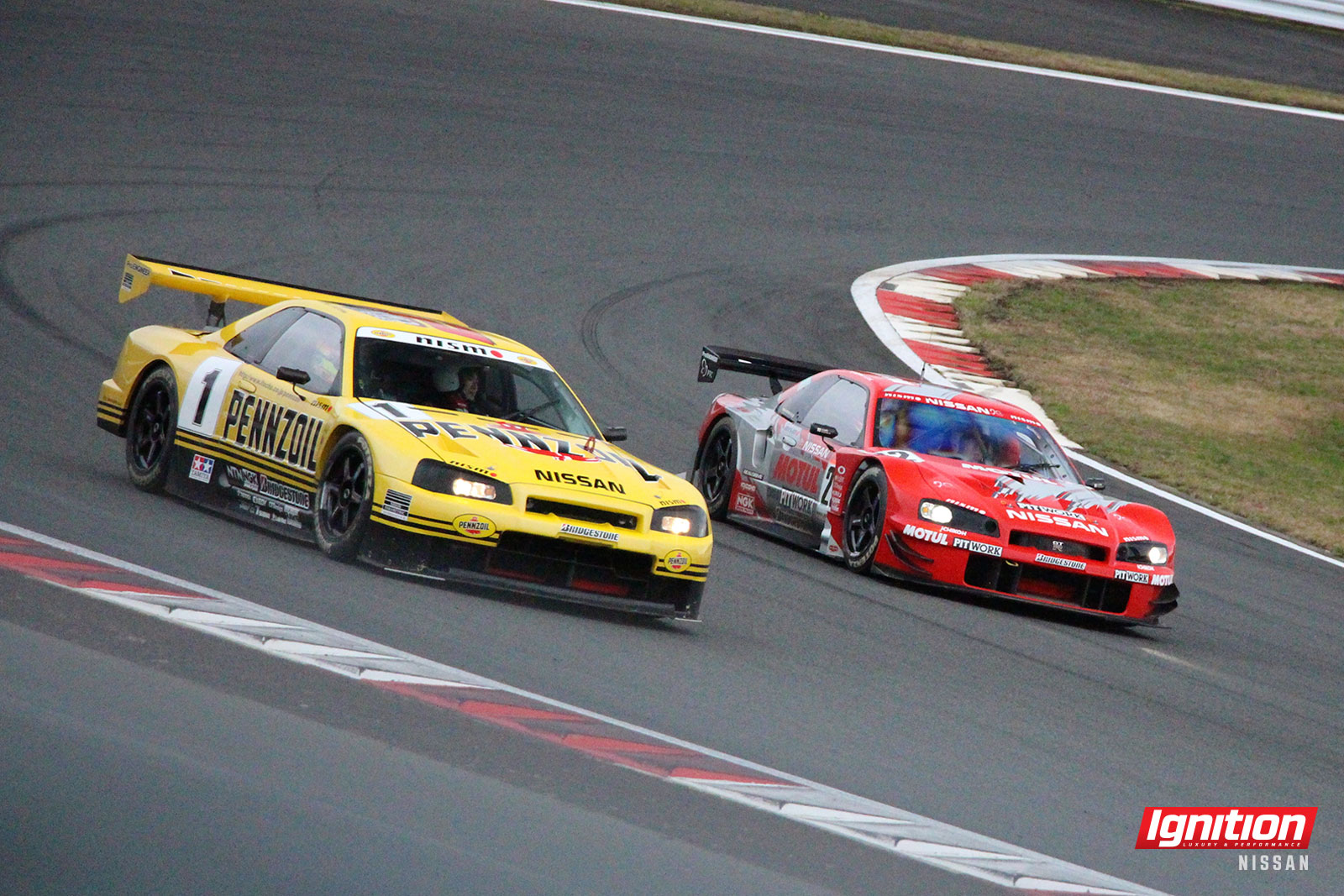
In addition to demonstration runs, Nismo invited racing drivers who pilot Nissans in Japanese current and vintage championships to compete in sprint races at the festival and, according to fans at the event, it’s quite the honour to be invited.
For a lucky bloke like me, I stayed for an extra day at Fuji Speedway to try Nismo’s wares on the circuit. While I’ve already driven the GT-R Nismo in Japan and the Juke Nismo RS in Canada, I’d never driven the other models. All factory Nismos receive a range of tuning, all of which start with a little visual excitement and differentiation to suspension and drivetrain improvements. It’s worth noting that the GT-R Nismo starts with a more rigid body shell straight from the factory.
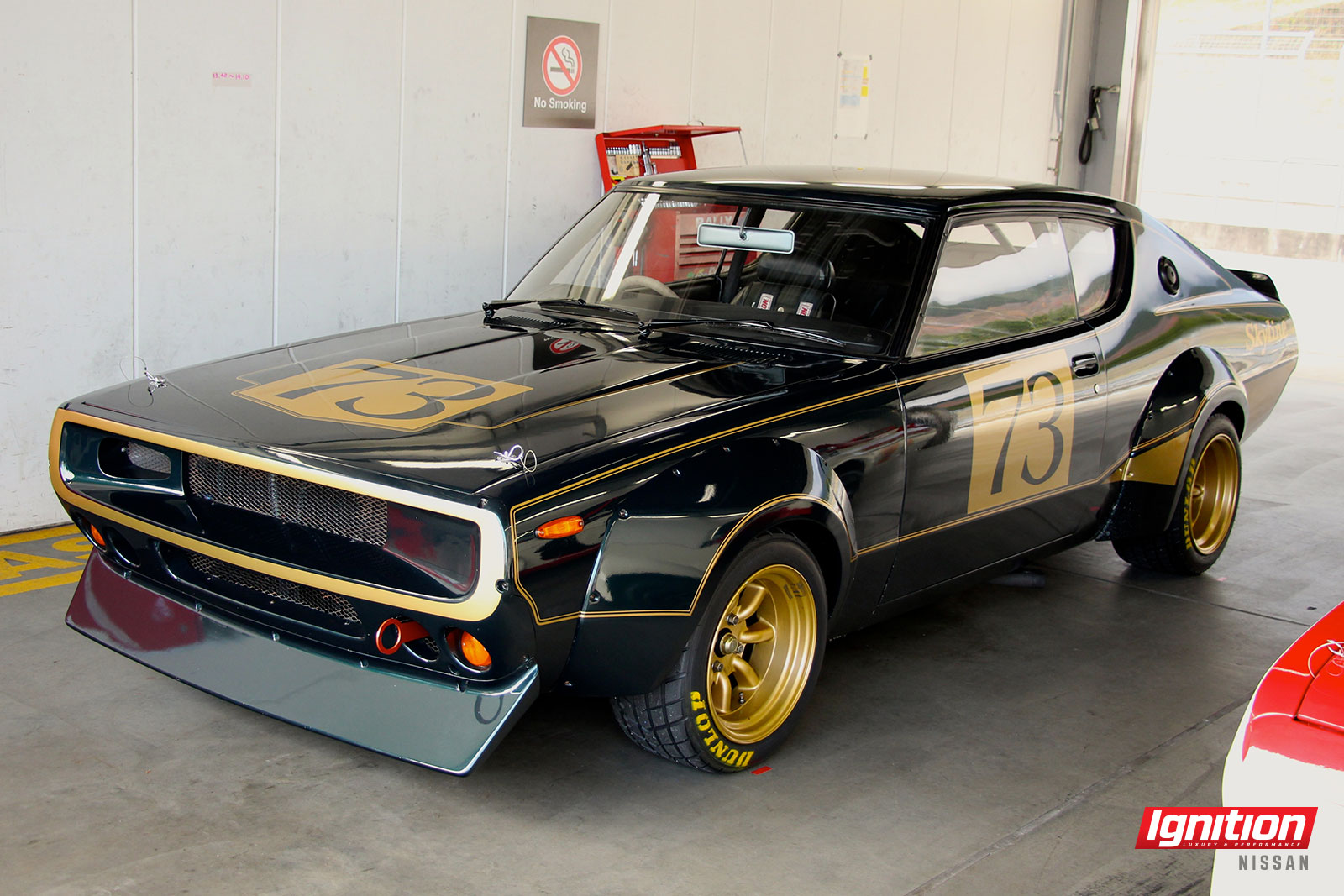
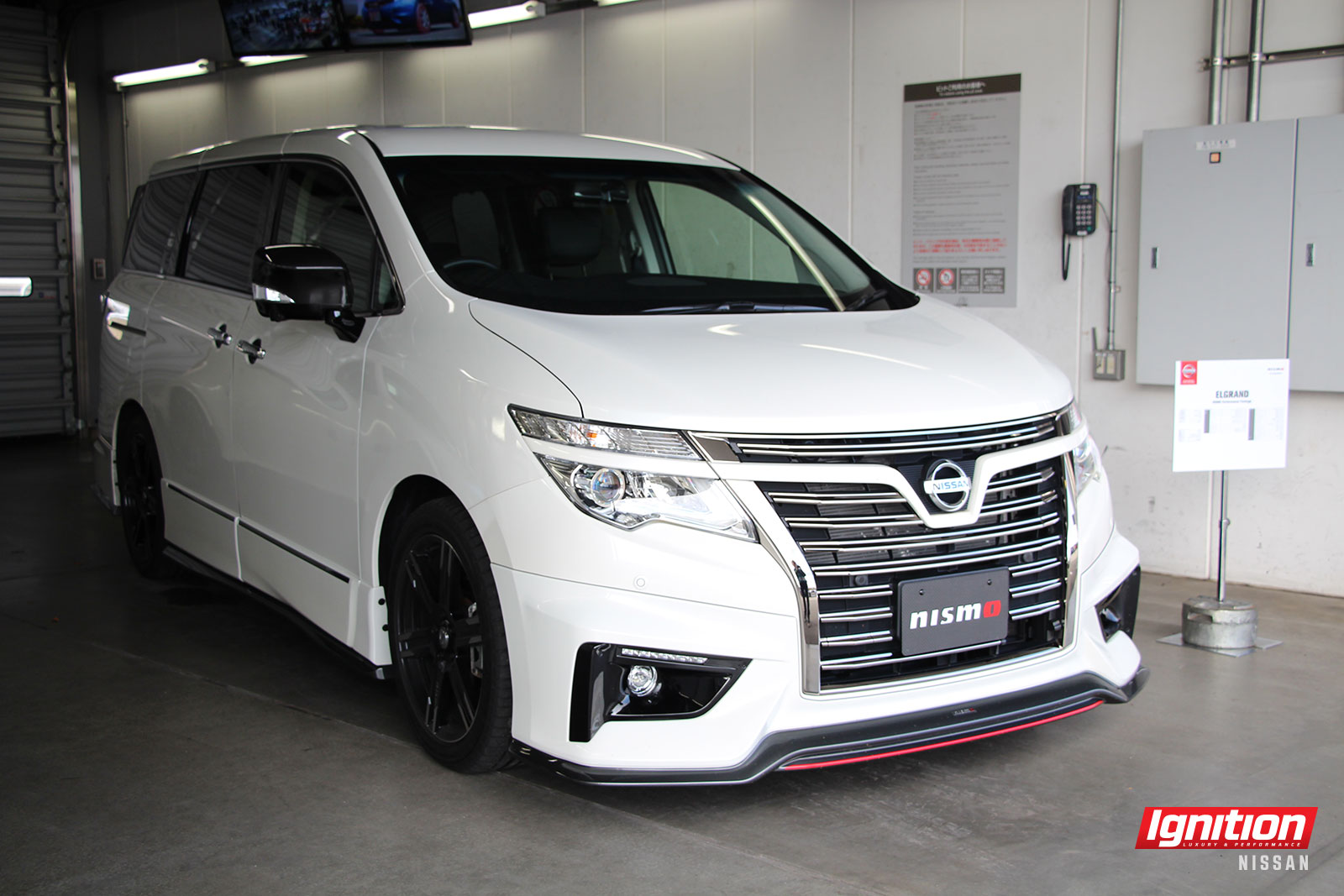

Of all, I was most excited to drive the smallest of the bunch – the March – known here as the Micra, simply because every once in a while, I enjoy a small, tuned car. The March lived up to my expectations and it was a blast to toss around the Fuji East circuit, even in the rain. Yet, between the March, Note and Juke – Nismos front- drivers – it was the Note that impressed me the most. That’s because it looks stunning, like it’s straight out of the future, has a great platform, and has just a little more power than the March. That’s the next Nismo I’d like to see here in Canada. Piloting the Fairlady Z and GT-R Nismos around Fuji was the other highlight of my trip, despite them being governed at 180 km/h. I took the wheel of the GT-R first and, even in a downpour, this car has exceptional traction. It’s so easy to drive (even in right-hand-drive configuration) that I could easily keep up with the Nissan racing driver pacing me around Fuji. Being rear drive, the Fairlady Z just doesn’t have the grip of the GT-R, so I spent a fair bit of my time sliding around, but the chassis is so well-balanced that it’s easy to control. It was only when I was accelerating out of Fuji’s final turn and attempting to keep up with the GT-R pace car that I found Nissan had surreptitiously fitted that 180 km/h governor.
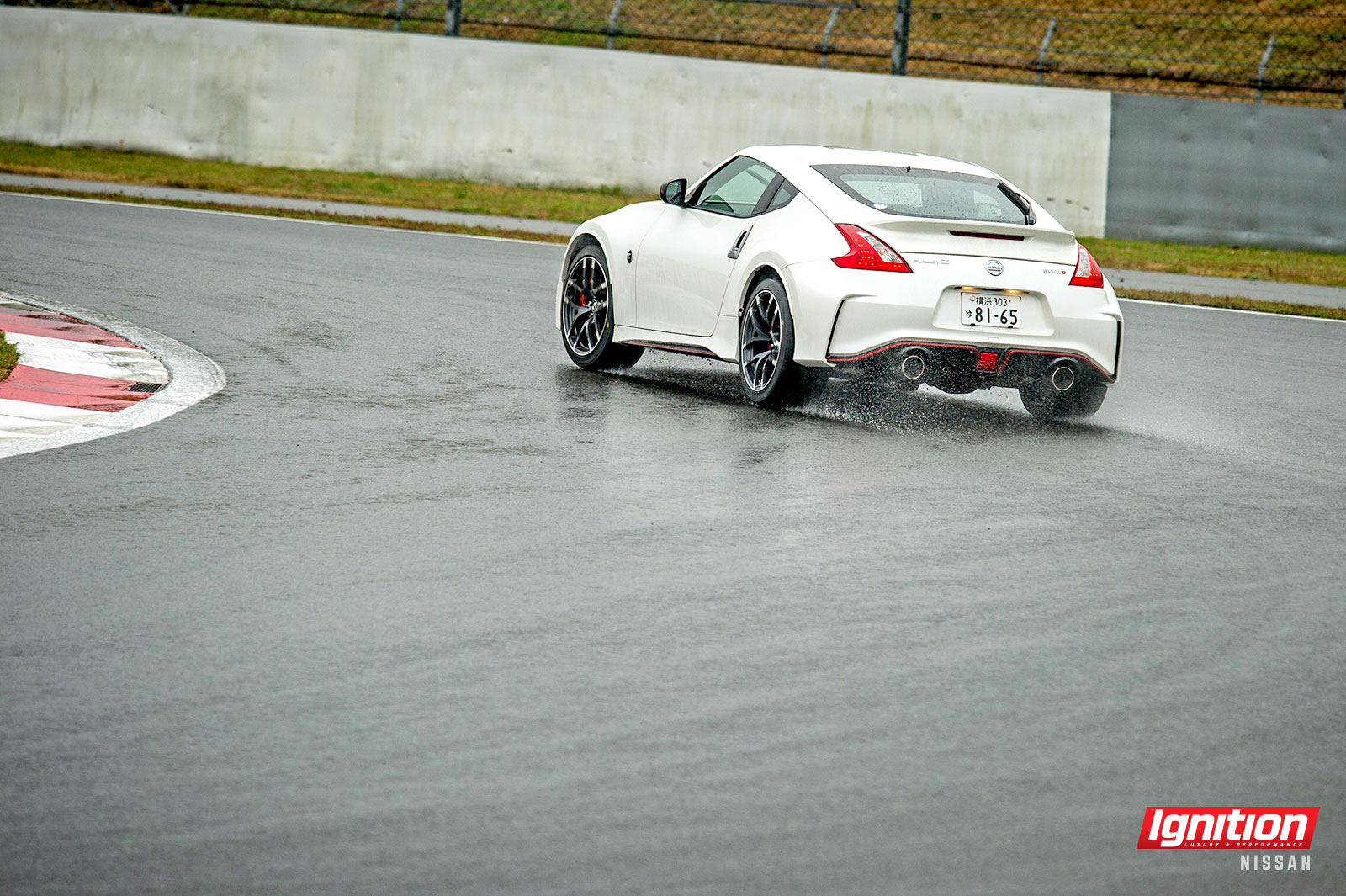
Still, it’s exciting to see a company like Nissan embrace it’s motor racing heritage and bring that to a broader audience. Since we all spend a lot of time driving on a regular basis, we might as well be driving fun cars, shouldn’t we? That seems to be where the Nismo brand is going.
According to Cox, “The Juke Nismo has been a fantastic success with consumers, and that’s given us the confidence to do more and more products, not just the high-end things like GT-R Nismo. Not many people get to drive it in the real world, but they can get to drive a Juke Nismo and that’s what we’re trying to aim at: to try and bring more people into the Nismo family to drive more performance-based products, and that’s really where we’re driving for all around the world.”
After having a go in the current Nismo line, I’m certainly looking forward to testing more Nismo-tuned Nissans and, with some luck, perhaps even visiting a bigger and bolder Nismo Festival in the future.























